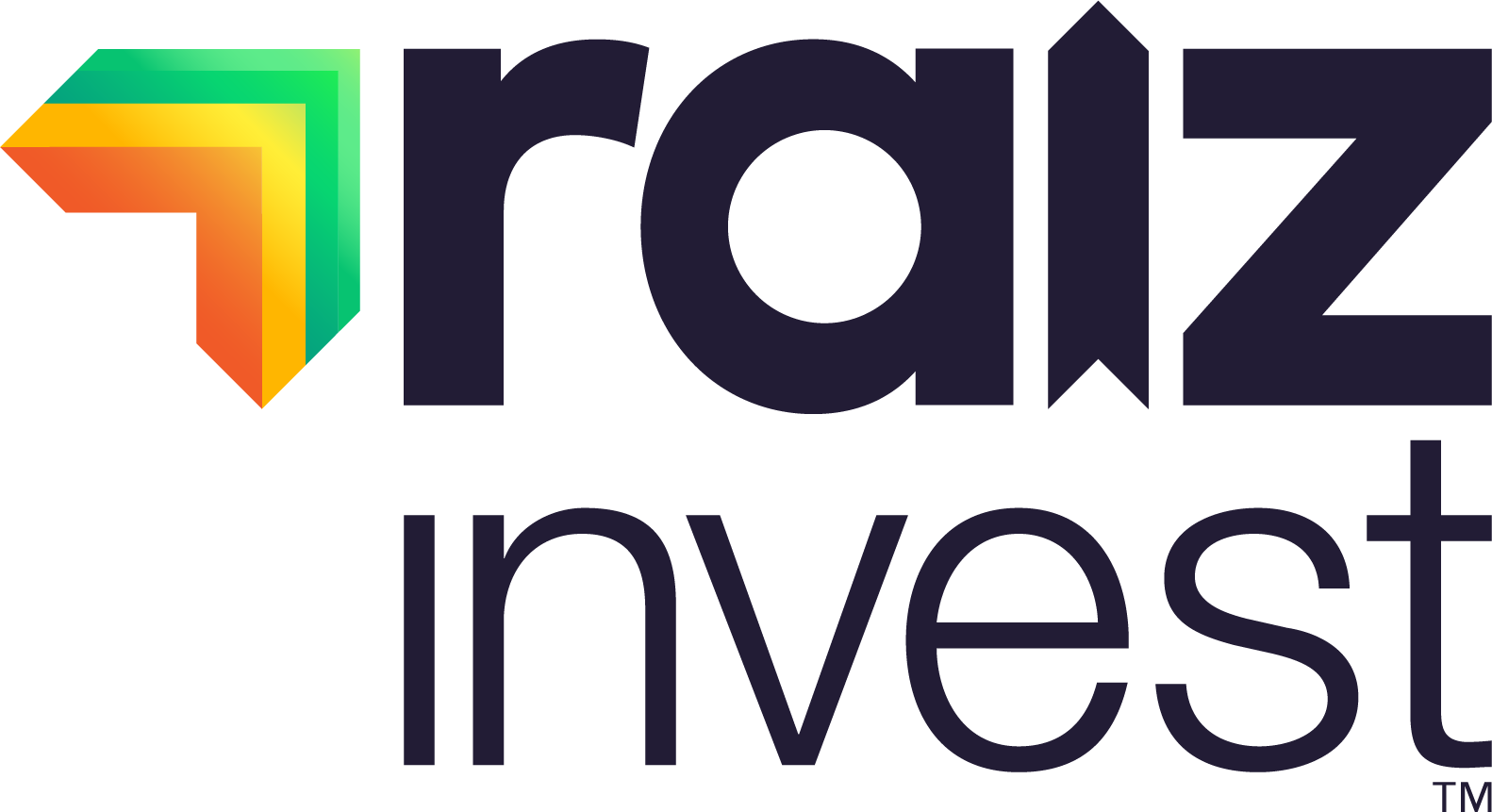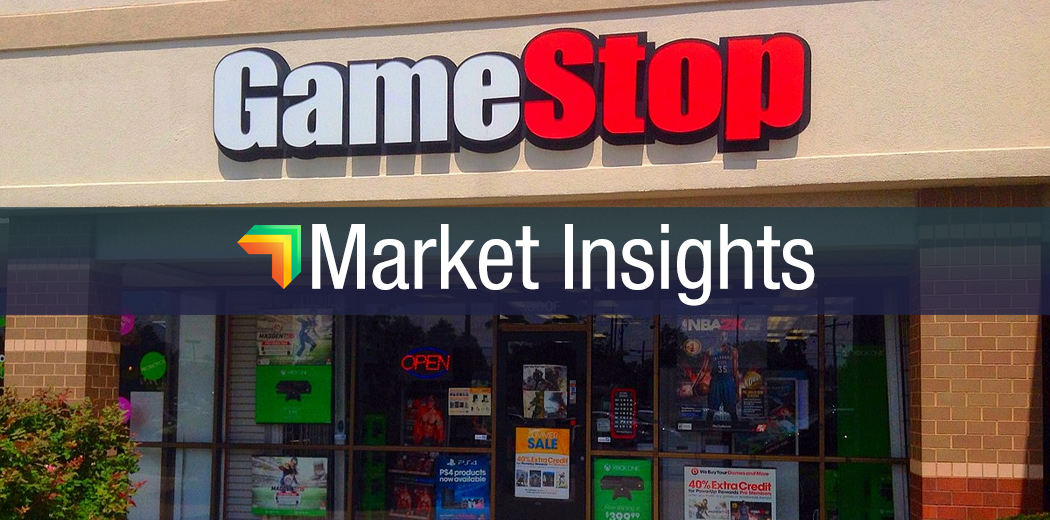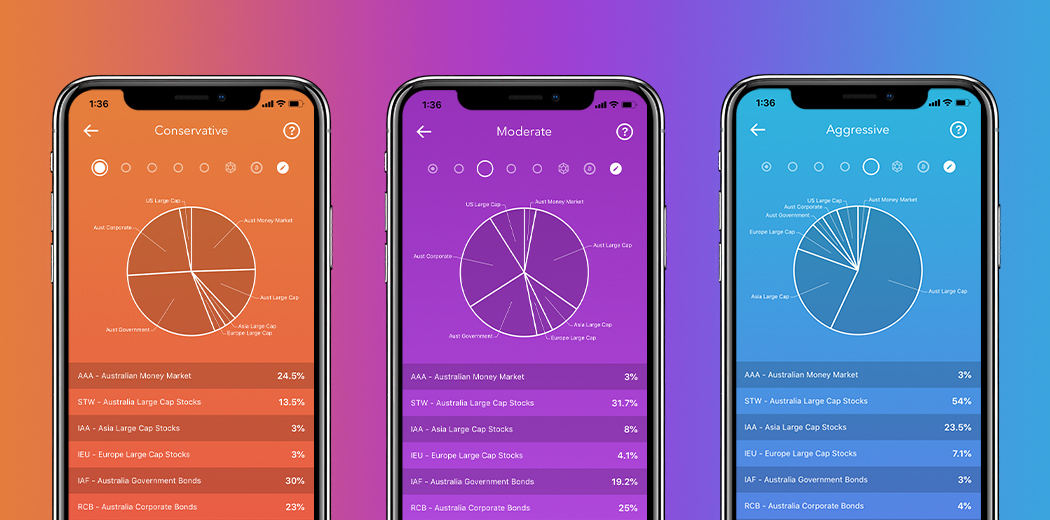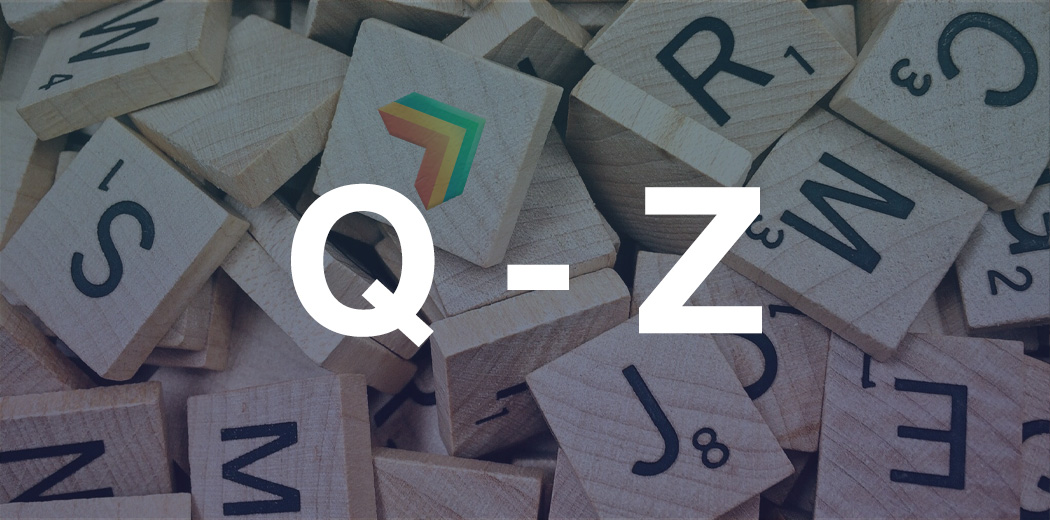
Economist were on the edge of their seats on Tuesday… but not because of GameStop stock. It was the Reserve Bank of Australia’s (RBAs) interest rate decision day, and it came with some surprises. Whilst the RBA governor Philip Lowe announced that the Central Bank will keep its cash rate target at a record low 0.1%, which was expected, he also said that the RBA was unlikely to consider raising this rate before 2024. That is over three years away!












